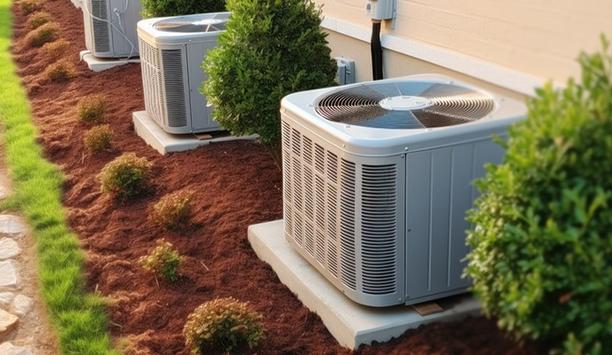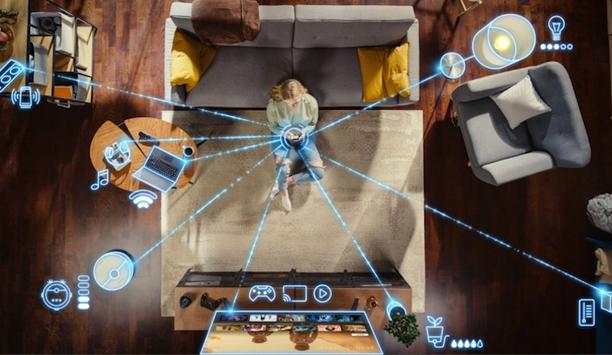HVAC systems should operate to ensure the comfort of individuals, not based on the temperature in a room. That’s the thinking behind a system devised by researchers that uses thermal cameras to measure the temperatures of faces in a room and adjusts operation of the HVAC system accordingly. Among other things, the scheme shifts the focus away from facilities and toward occupants, who reflect a truer measure of system effectiveness.
Researchers at the University of Michigan have developed a plan to use thermal cameras along with three-dimensional video cameras and artificial intelligence in lieu of traditional thermostats to control HVAC systems.
Human Embodied Autonomous Thermostat
The Human Embodied Autonomous Thermostat, or “H.E.A.T.,” system pairs a thermal camera with a 3-D video camera to measure facial temperature and track whether individuals are hot or cold. The temperature data is then fed into a predictive model that compares it with information about occupants’ thermal preferences.
When the H.E.A.T. is newly installed, occupants “teach” the system about their preferences by periodically providing feedback via their smartphones on a three-point scale – “too hot,” “too cold” or “comfortable.” After a few days, the system learns their preferences, relates preferences to corresponding facial temperatures, and then operates independently.
The system then determines the temperature that will keep the largest number of occupants comfortable with minimum energy expenditure. The University of Michigan study shows how the system can effectively and efficiently maintain the comfort of 10 occupants in a lab setting. The overarching goal is to keep the largest number of occupants comfortable with the least amount of energy expenditure.
Flexible Climate Control
In the post-COVID-19 age, the approach enables smarter, more flexible climate control that keeps building occupants comfortable without needing to heat and cool entire empty buildings. The more efficient, personalized approach to comfort could conceivably totally replace the use of wall-mounted thermostats. If building occupants need to wear masks and other protective gear, issues of comfort become even more complex
The overarching goal is to keep the largest number of occupants comfortable with the least amount of energy expenditure
The research was described in a study published in the July 2020 issue of Building and Environment.
A key innovation of the approach is the ability to measure an occupant’s comfort level without requiring them to wear any detection devices, and without the need to use a camera for each occupant.
The University of Michigan research team is working with power utility Southern Company to test H.E.A.T. in their Alabama offices, where test cameras are mounted on tripods in the corners of rooms. (Permanent mounting locations would be less conspicuous.) All camera footage is deleted within seconds, thus eliminating concerns about privacy.
Smart Home HVAC Tests
A key innovation of the approach is the ability to measure an occupant’s comfort level without requiring them to wear any detection devices
Another test will take place in an Alabama community of newly constructed smart homes; a residential system could be on the market in the next five years.
Tweaks to the system could make it useful in applications beyond homes and offices, such as in hospitals where care providers struggle to stay comfortable wearing masks and protective equipment.
H.E.A.T. is available as a licensable technology through the U-M Office of Technology Transfer. The research was supported by the National Science Foundation, and the research team has filed patent applications related to the technology.
It turns out facial temperature is a good reflection of comfort level; facial blood vessels expand to radiate additional heat if we are too hot and constrict to cool the face if we are too cold.






































